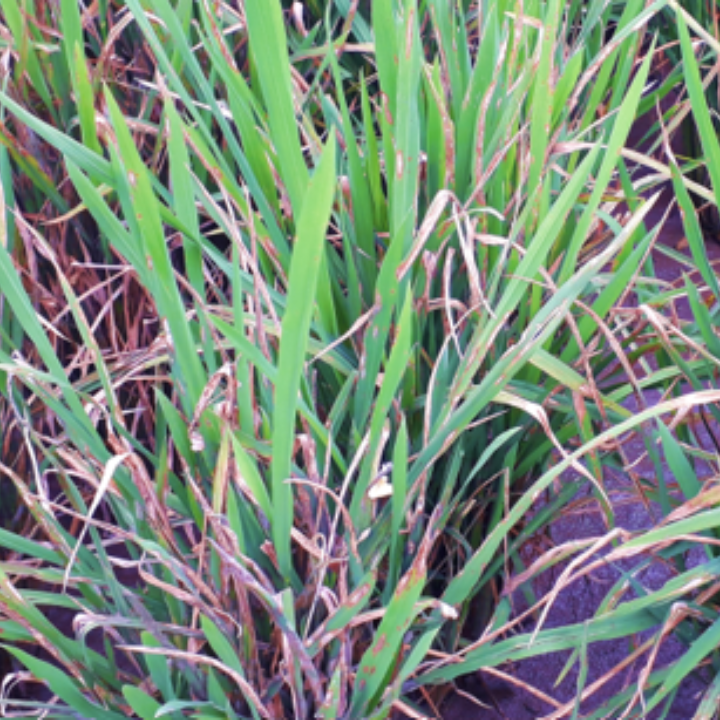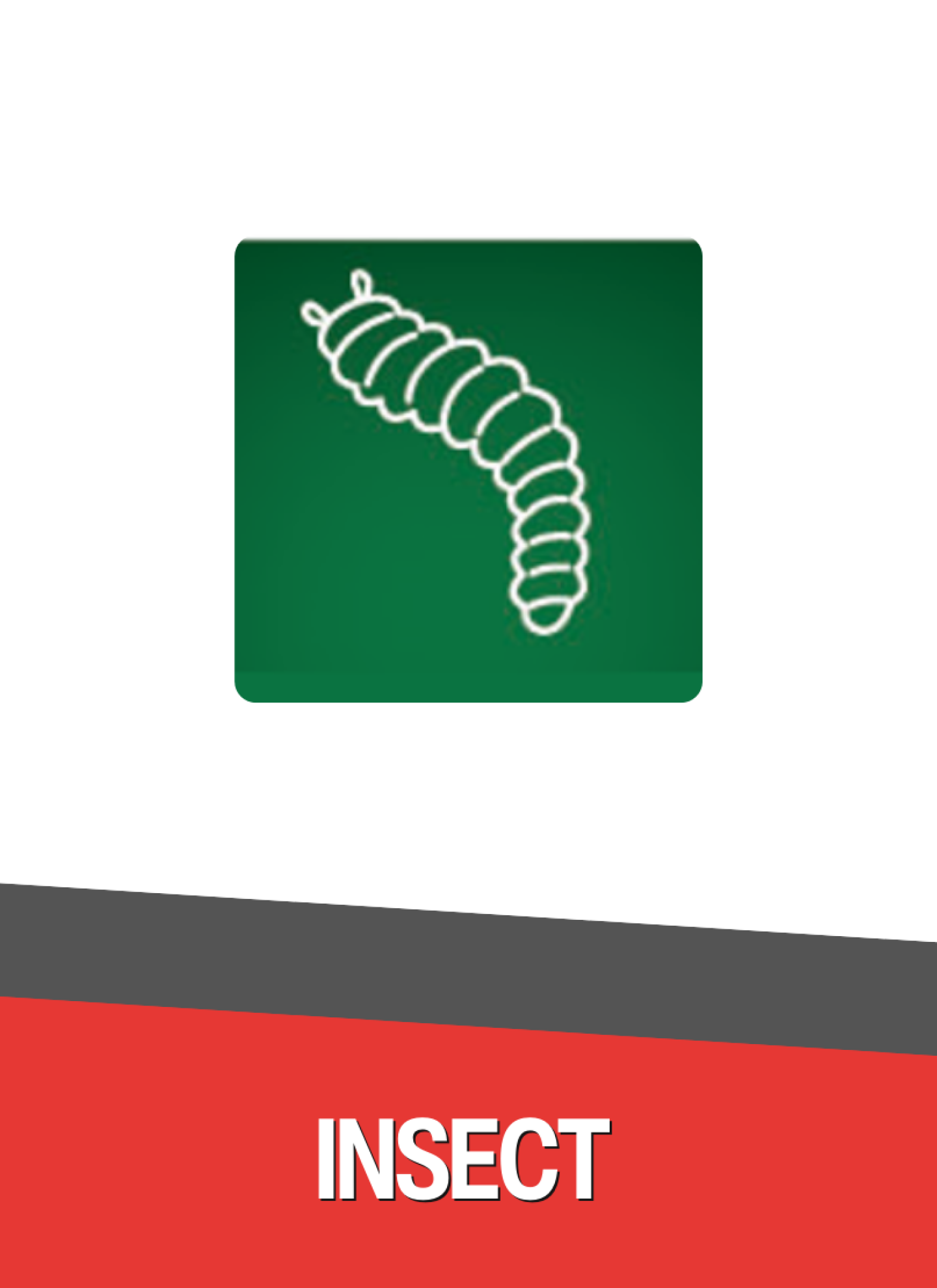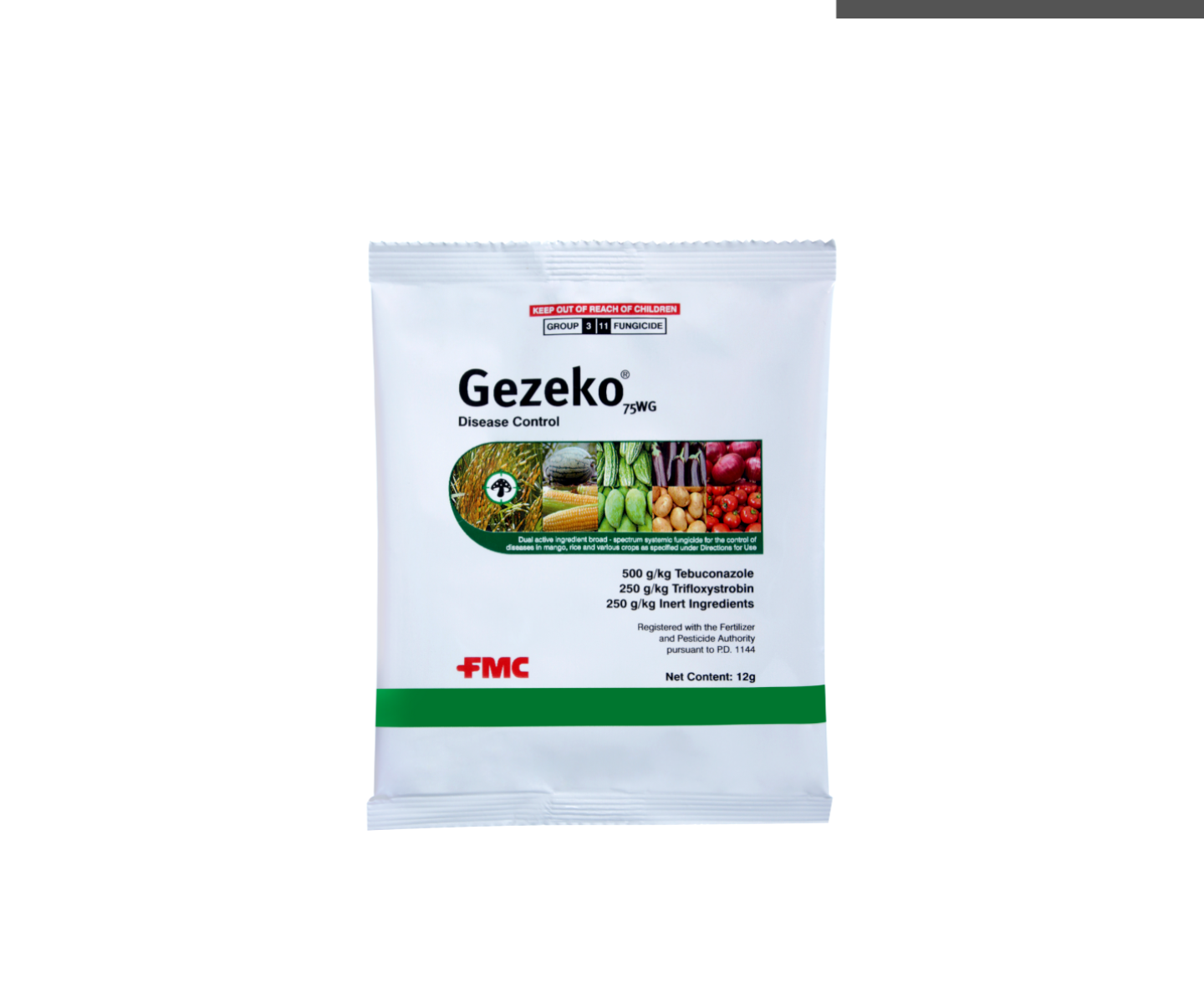Rice Blast

Rice blast is the fungus caused by Magnaporthe oryzae. It is an ascomycete because it produces sexual spores (ascospores) in structures called asci and is classified in the newly erected family Magnaporthaceae. The asci are found within specialized structures called perithecia. The mycelium of M. oryzae is septate and the nuclei within the mycelium and spores of this fungus are haploid.
Rice blast can affect all above ground parts of a rice plant: leaf, collar, node, neck, parts of panicle, and sometimes leaf sheath. Rice can have blast in all growth stages. However, leaf blast incidence tends to lessen as plants mature and develop adult plant resistance to the disease.
What are the symptoms
Leaf and Collar for Lesions - initial symptoms appear as white to gray-green lesions or spots, with dark green borders.
Older lesions on the leaves are elliptical or spindle-shaped and whitish to gray centers with red to brownish or necrotic borders.
Some resemble the diamond shape, wide in the center and pointed toward either end.
Lesions can enlarge and coalesce, growing together, to kill the entire leaves.
Impact to the crop
There will be yield losses with associated blast outbreaks
Infection of the necks can be very destructive, causing failure of the seeds to fill (a condition called blanking) or causing the entire panicle to fall over as if rotted.
Collar infections can kill the entire leaf and may extend a few millimeters into and around the sheath.
How to control
The primary control option for the blast is to plant resistant varieties.
Adjust planting time. Sow seeds early, when possible, after the onset of the rainy season
Split nitrogen fertilizer application in two or more treatments. Excessive use of fertilizer can increase blast intensity.
Flood the field as often as possible.
Managing rice blasts requires vigilance and careful integration of many strategies and techniques learned in all parts of the world by the individual rice producer. A single mistake can result in crop failure from this one important plant disease.
Source: TeeBest D., Ditmore, M. and Guerber C., 2007. Rice Blast. The Plant health instructor. Retrieved from: https://www.apsnet.org/edcenter/disandpath/fungalasco/pdlessons/Pages/RiceBlast.aspx#:~:text=Rice%20blast%2C%20caused%20by%20a,plant%20diseases%20of%20them%20all.

